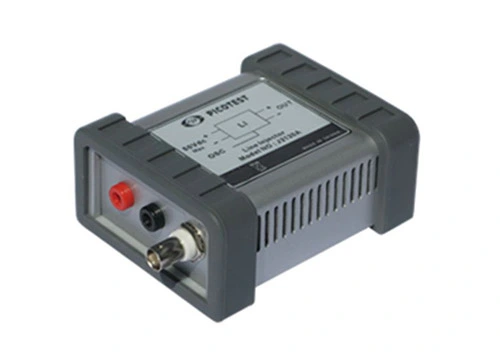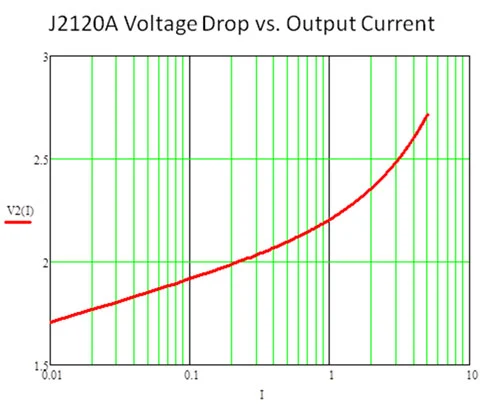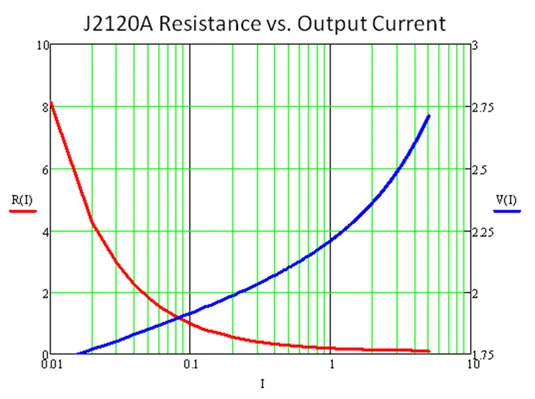J2120A
J2120A-Picotest Line Injector 10Hz-10MHz(PSRR)
- 10Hz-10MHz usable bandwidth
- Low loss design
- 5 Amps maximum current
- 50VDC max input
- Easily measure input filters and PSRR
- 10Hz-10MHz usable bandwidth
- Low loss design
- 5 Amps maximum current
- 50VDC max input
- Easily measure input filters and PSRR












